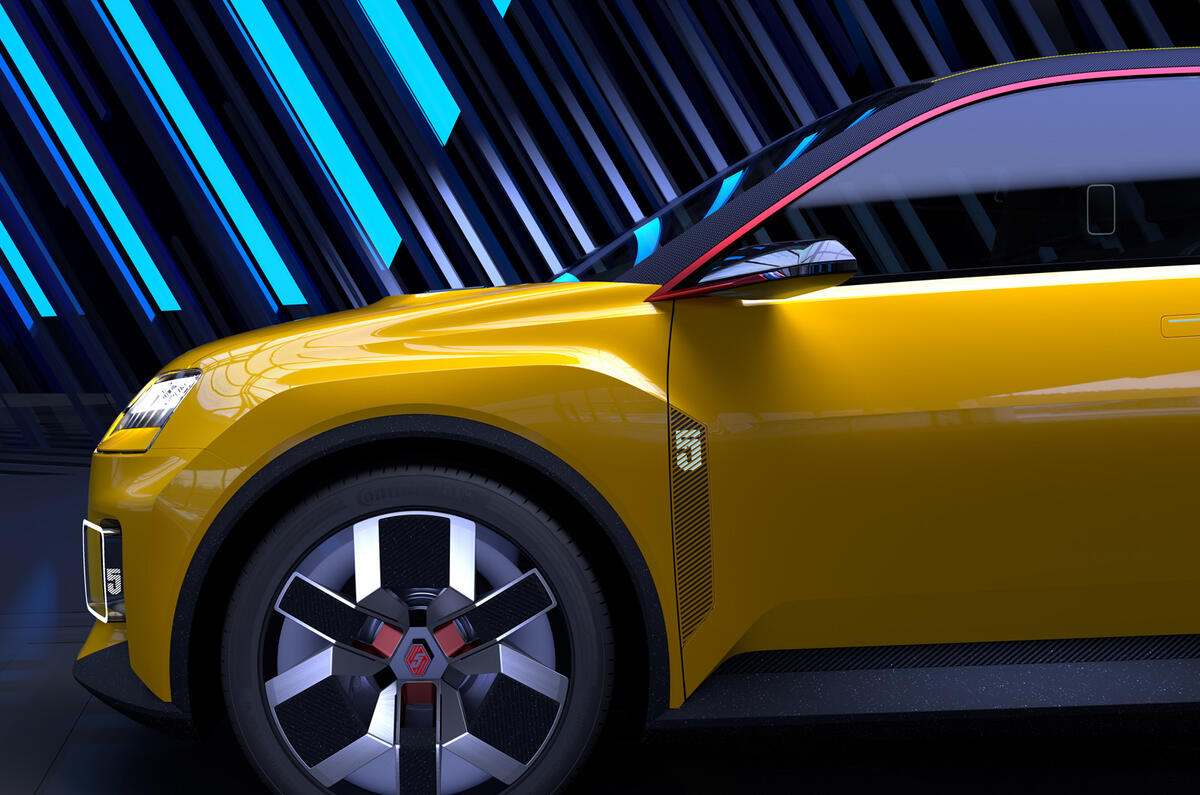Icon reboot city car aims to launch in less than 3 years
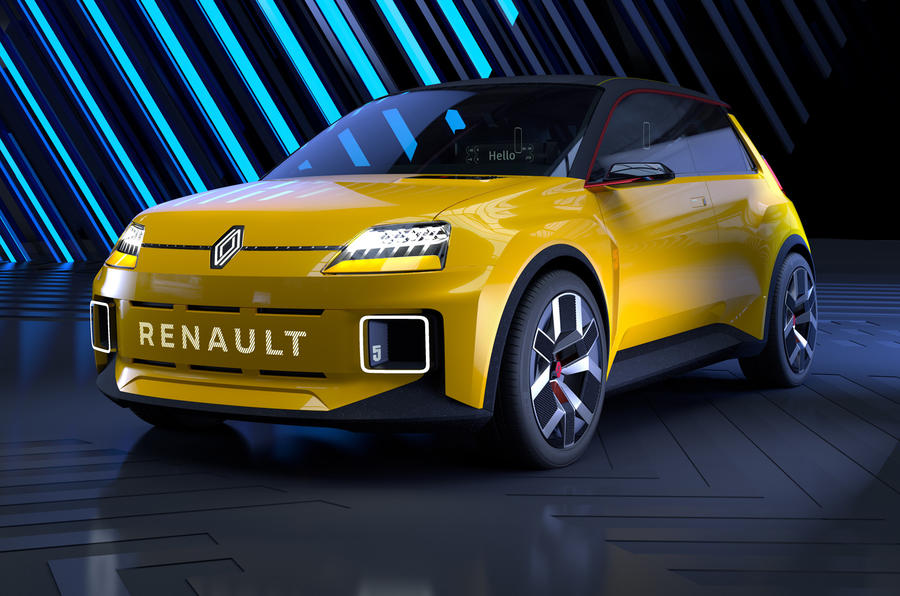
Renault has confirmed it will launch a new, all electric version of the iconic R5, which is set to go on sale in the future as part of a major new plan to launch seven fully electric vehicles by 2025.
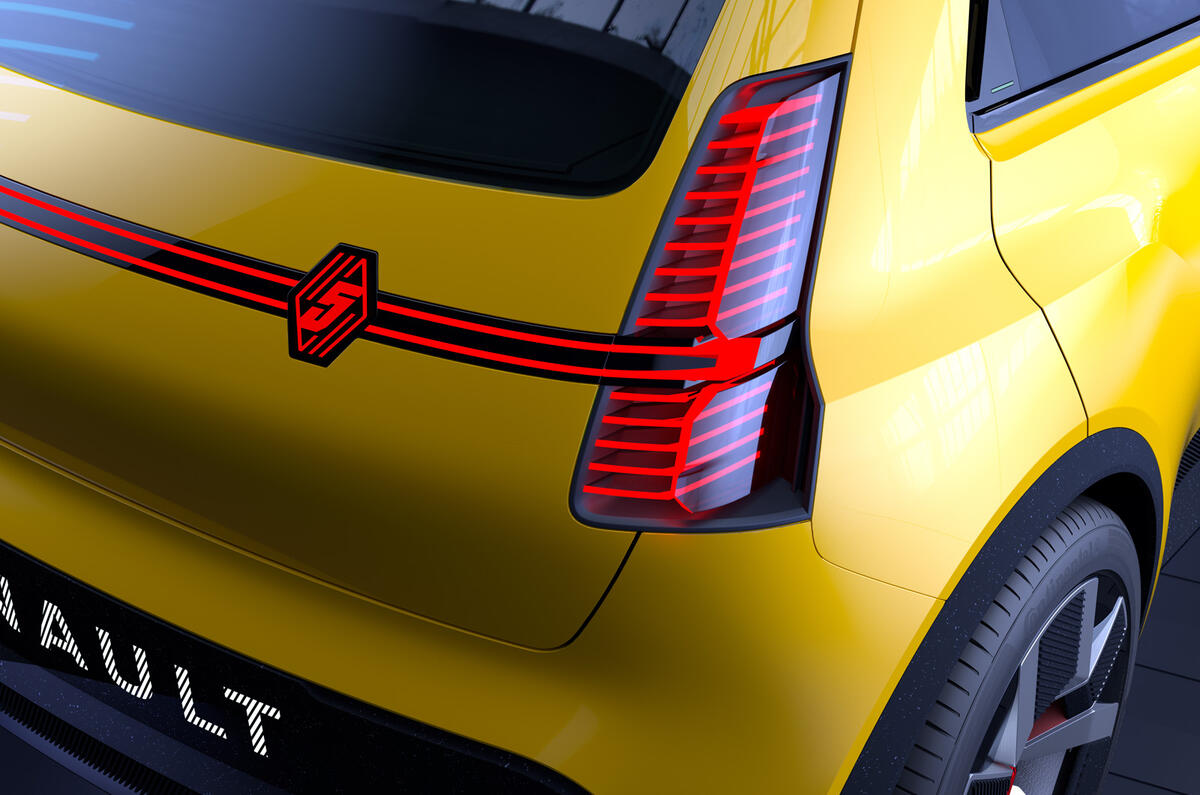
One look at this little hatch and the Renault 5 name jumps into your mind with styling and design cues from the Clio’s predecessor that Renault produced from 1972 to 1996.
The French firm revealed the concept during the unveiling of the ‘Renaulution’ strategic plan devised by new boss Luca de Meo. The 5 Prototype city car will be a key part of Renault’s push for 30% of its sales to be of electric vehicles by 2025.
De Meo, who revived the crucial ‘500’ in 2007 when at Fiat said: “I know from experience that reinventing a cult products lights a fire under the whole brand. This is a cult vehicle at a price many can afford. And this is only the beginning for the whole Renault brand.”
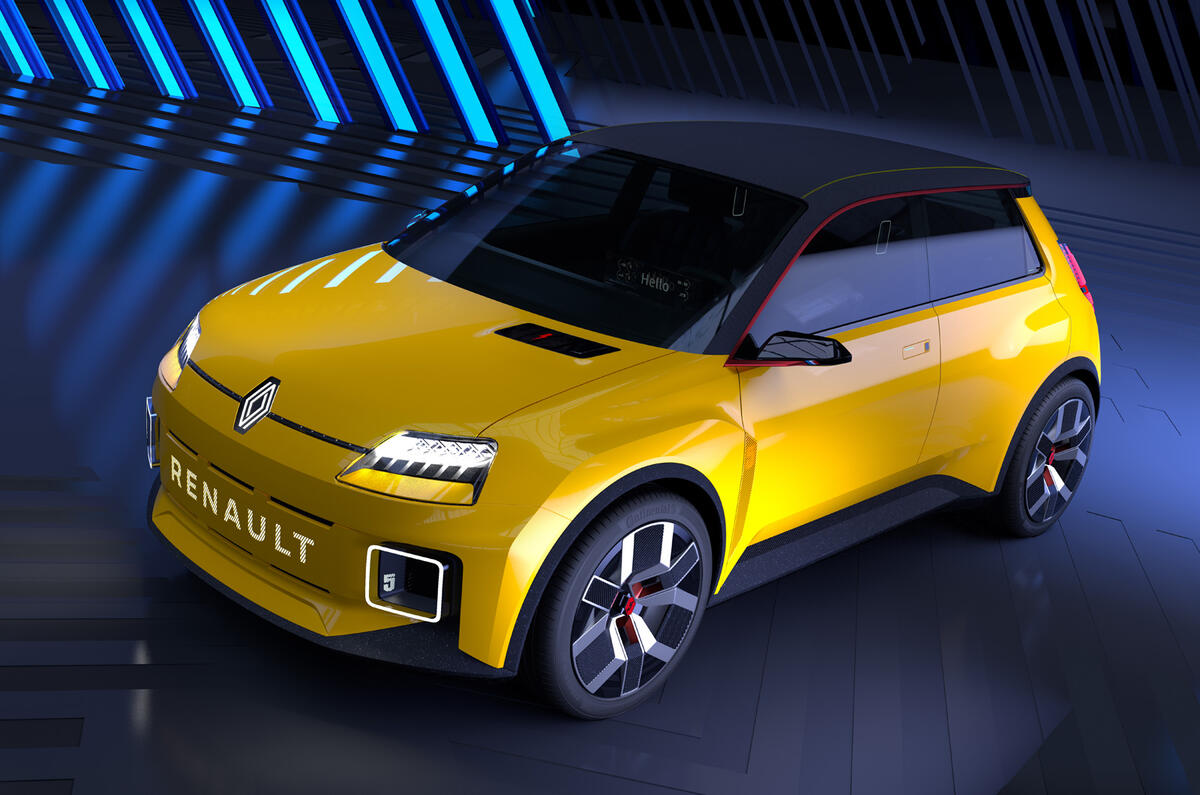
The R5 Concept is an electric-only model, with design cues that feature many references to versions of the original 5 models from the past, with a very modern and very appealing twist. The front and rear headlights are reminiscent to the original 5, as well as the profile and pillar shape, even the three-spoke wheels make a return, no details on interior as of yet. There is also a front-mounted EV charging port located where the radiator grille was placed on the original. Features also include wider wheel arches and a red stripe livery that hints to the R5 Turbo hot hatch.
Renault design chief Gilles Vidal said: “The design of the Renault 5 Prototype is based on the R5, a cult model of our heritage. This prototype simply embodies modernity, a vehicle relevant to its time: urban, electric, attractive.”
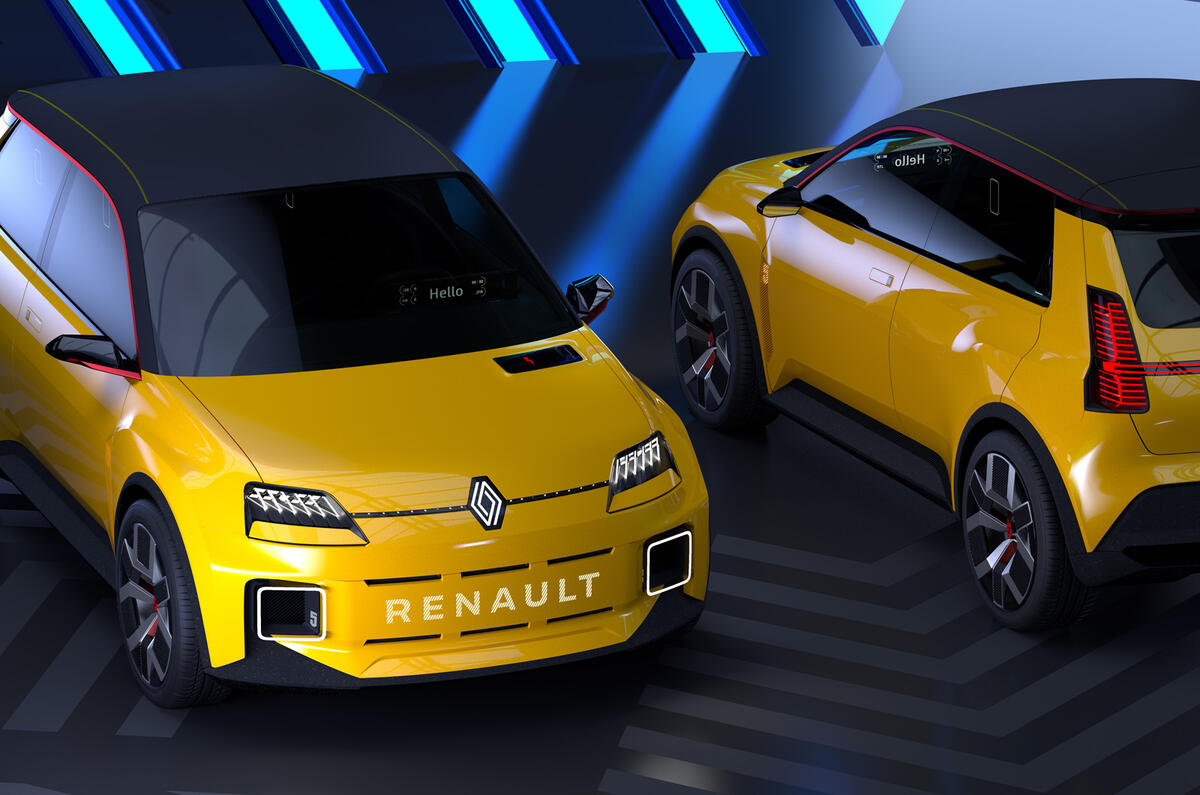
The 1972 Renault 5 was one of the first wave of useful, fun and modern hatchbacks at the time, Renault engineers were given a short-term to develop a small car that would meet the needs of the widest range of the French car buying public possible. The final design remained close to the original sketches from designer Michel Boue, with a slightly unconventional design. Under the bodywork, the R5 used many of the mechanicals from the Renault 4 and Renault 6 and featured front-wheel-drive with a choice of two engines. The car was a huge hit and by 1980, it was one of the best-selling cars in the world. In 1976, it also inspired the Renault 5 Alpine (branded Gordini in the UK), one of the world’s first true hot hatches before the Golf GTi, that was then followed up in 1980 by the R5 Turbo, a cult classic rally homologation special that featured a mid-mounted turbocharged engine in the passenger compartment behind the driver.
The second generation of the 5, known as the Supercinq, was launched in 1984 with a revised look and built on a new platform. It was effectively replaced as Renault’s lead supermini by the Clio, which was launched in 1990, although the Supercinq remained on sale in some markets until 1996.
